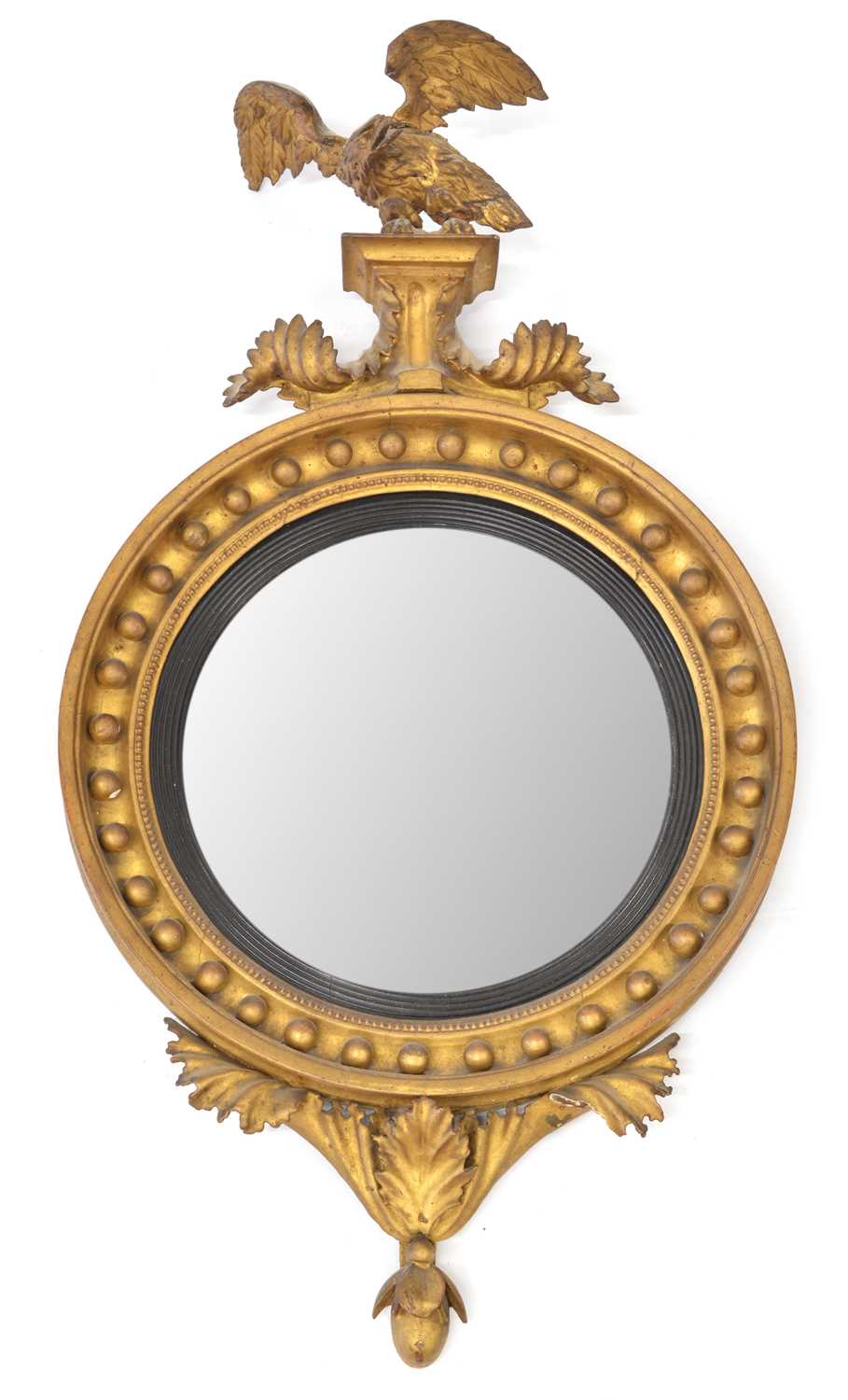MIRRORS
Glass mirrors were first produced in the middle ages - they were hard to make and as such were highly prized possessions. In the sixteenth century Venetian craftsman perfected plate glass mirrors using mercury; the mirrors could only be made to a restricted size so in order to make a large mirror, glass would be pieced together with the joints cleverly painted over with floral decoration. The mirrors were obviously valuable and so were generally contained in decorative frames. One of the most famous group of mirrors is in the Grand Gallery of Versailles. In the mid-nineteenth century a German chemist - Justus Von Liebig - developed a silvering process which made manufacturing considerably cheaper, this eventually gave way to the modern mirror which uses aluminium.
Older mirrors are still prized, but the frames have sometimes had the mirrors replaced; the collector should be mindful of this because it does reduce the value. You can identify the age of the frame by ornamentation and condition of the wood on the reverse side of the frame, type of hanging fittings etc. - also look for old paper labels or stencilled markings which can help identify the age. Older mirrors have thicker glass and the reflection tends to be a leaded, grey colour.
FREE VALUATION
We offer a free valuation service to people who are considering the sale of their items through our auction room. Click the button to complete our short form, and one of our experts will be in touch.

